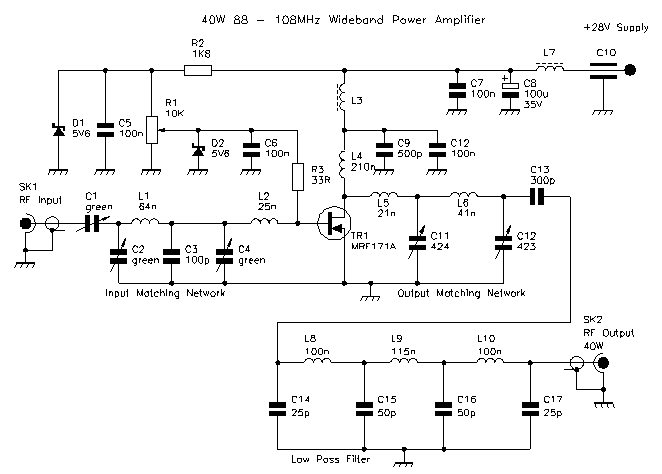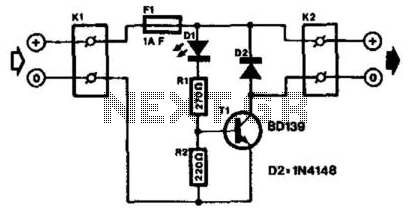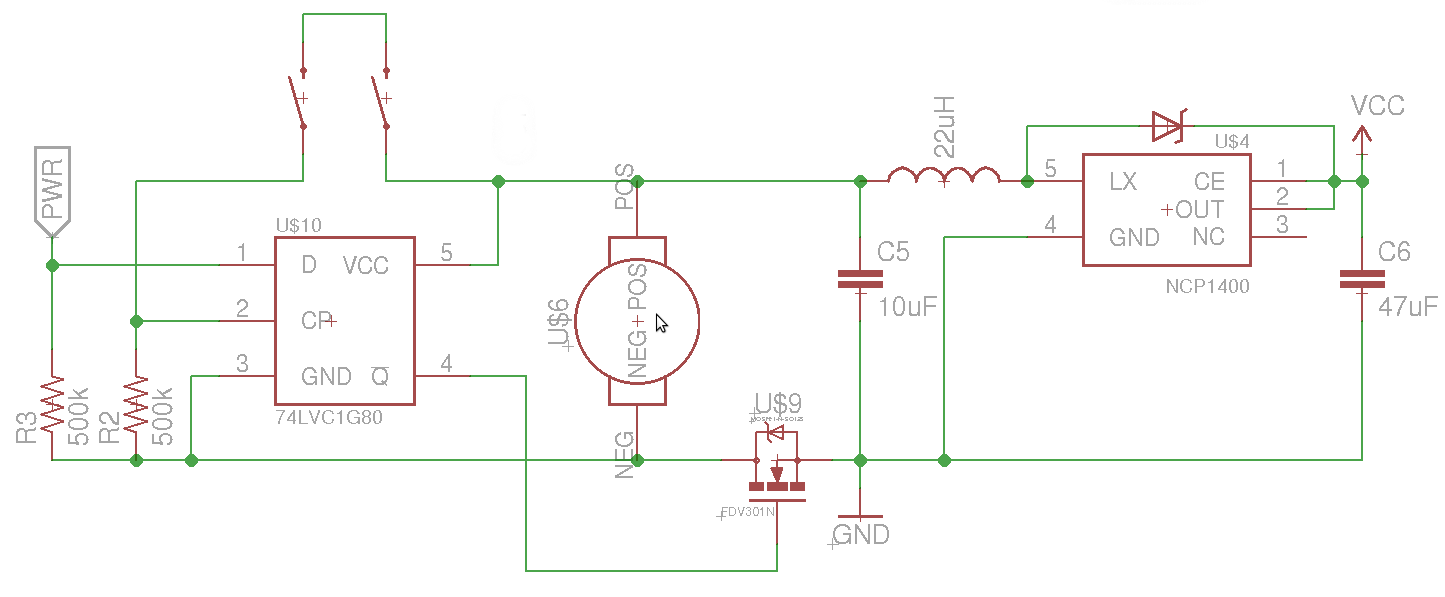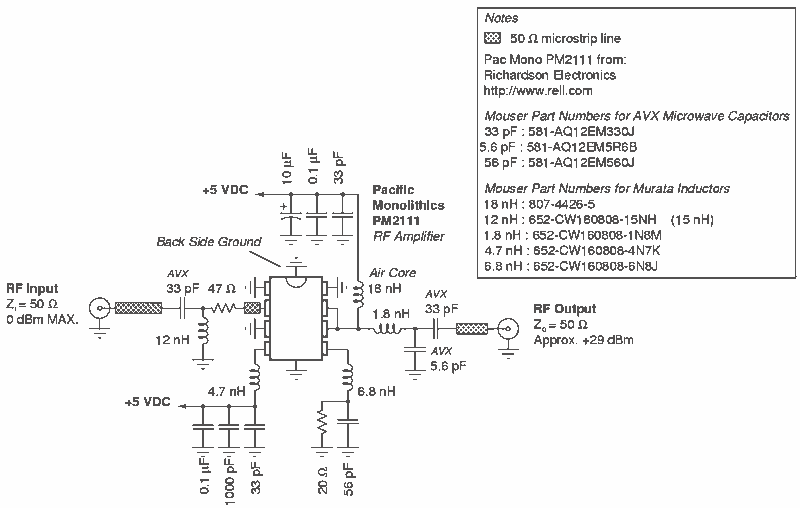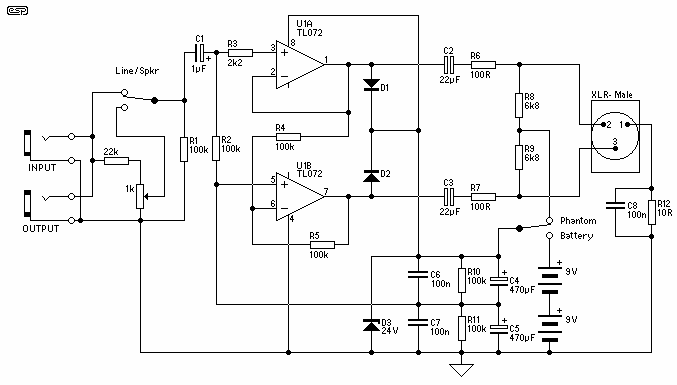
12 Volt 20 Amp Solar Charge Controller

The SCC3 is a solar charge controller. Its function is to regulate the power flowing from a photovoltaic panel into a rechargeable battery. It features easy setup with one potentiometer for the float voltage adjustment, an equalize function for periodic overcharging, and automatic temperature compensation for better battery charging over a wide range of temperatures. The SCC3 rev C design is able to handle reverse polarity connection of both the battery and photovoltaic panel. The design goals of this circuit were efficiency, simplicity, reliability, and the use of field replaceable parts. A medium power solar system can be built with the SCC3, a 12V solar panel that is rated from 100 milliamps to 20 amps, and a lead acid or other battery types.
The SCC3 solar charge controller is designed to manage the charging of a battery from a solar panel, ensuring optimal performance and longevity of the battery. It utilizes a single potentiometer for float voltage adjustments, allowing for user-friendly configuration to match the specific battery type and its state of charge. The equalization feature is crucial for lead-acid batteries, as it prevents stratification and sulfation by periodically applying a higher voltage to balance cell voltages.
Automatic temperature compensation is integrated into the SCC3, which adjusts the charging voltage based on the ambient temperature. This feature is essential for maintaining battery health, as charging requirements can vary significantly with temperature changes. The SCC3 is engineered to accommodate reverse polarity connections, which enhances user safety and reduces the risk of damage from incorrect wiring.
The circuit's design prioritizes efficiency, ensuring minimal power loss during the charging process. Simplicity in its layout allows for easy troubleshooting and maintenance, while the use of field-replaceable parts ensures that repairs can be made quickly without the need for specialized tools or components. The SCC3 is suitable for medium power solar applications, particularly with a 12V solar panel rated between 100 milliamps and 20 amps. This flexibility makes it compatible with various battery types, including lead-acid and potentially lithium-ion, depending on the specific configuration and requirements. Overall, the SCC3 solar charge controller represents a robust solution for renewable energy applications, facilitating reliable energy storage from solar sources.The SCC3 is a solar charge controller, it`s function is to regulate the power flowing from a photovoltaic panel into a rechargeable battery. It features easy setup with one potentiometer for the float voltage adjustment, an equalize function for periodic overcharging, and automatic temperature compensation for better battery charging over a wide range of temperatures.
The SCC3 rev C design is able to handle reverse polarity connection of both the battery and photovoltaic panel. The design goals of this circuit were efficiency, simplicity, reliability, and the use of field replaceable parts. A medium power solar system can be built with the SCC3, a 12V solar panel that is rated from 100 milliamps to 20 amps, and a lead acid or ot
🔗 External reference
The SCC3 solar charge controller is designed to manage the charging of a battery from a solar panel, ensuring optimal performance and longevity of the battery. It utilizes a single potentiometer for float voltage adjustments, allowing for user-friendly configuration to match the specific battery type and its state of charge. The equalization feature is crucial for lead-acid batteries, as it prevents stratification and sulfation by periodically applying a higher voltage to balance cell voltages.
Automatic temperature compensation is integrated into the SCC3, which adjusts the charging voltage based on the ambient temperature. This feature is essential for maintaining battery health, as charging requirements can vary significantly with temperature changes. The SCC3 is engineered to accommodate reverse polarity connections, which enhances user safety and reduces the risk of damage from incorrect wiring.
The circuit's design prioritizes efficiency, ensuring minimal power loss during the charging process. Simplicity in its layout allows for easy troubleshooting and maintenance, while the use of field-replaceable parts ensures that repairs can be made quickly without the need for specialized tools or components. The SCC3 is suitable for medium power solar applications, particularly with a 12V solar panel rated between 100 milliamps and 20 amps. This flexibility makes it compatible with various battery types, including lead-acid and potentially lithium-ion, depending on the specific configuration and requirements. Overall, the SCC3 solar charge controller represents a robust solution for renewable energy applications, facilitating reliable energy storage from solar sources.The SCC3 is a solar charge controller, it`s function is to regulate the power flowing from a photovoltaic panel into a rechargeable battery. It features easy setup with one potentiometer for the float voltage adjustment, an equalize function for periodic overcharging, and automatic temperature compensation for better battery charging over a wide range of temperatures.
The SCC3 rev C design is able to handle reverse polarity connection of both the battery and photovoltaic panel. The design goals of this circuit were efficiency, simplicity, reliability, and the use of field replaceable parts. A medium power solar system can be built with the SCC3, a 12V solar panel that is rated from 100 milliamps to 20 amps, and a lead acid or ot
🔗 External reference

